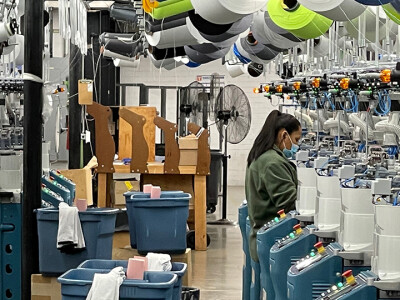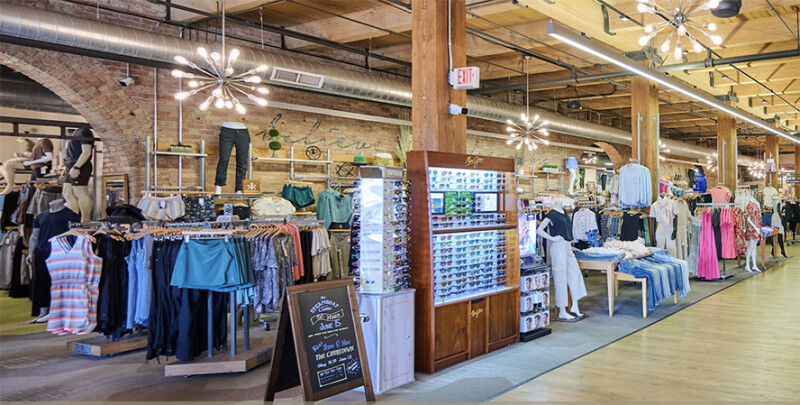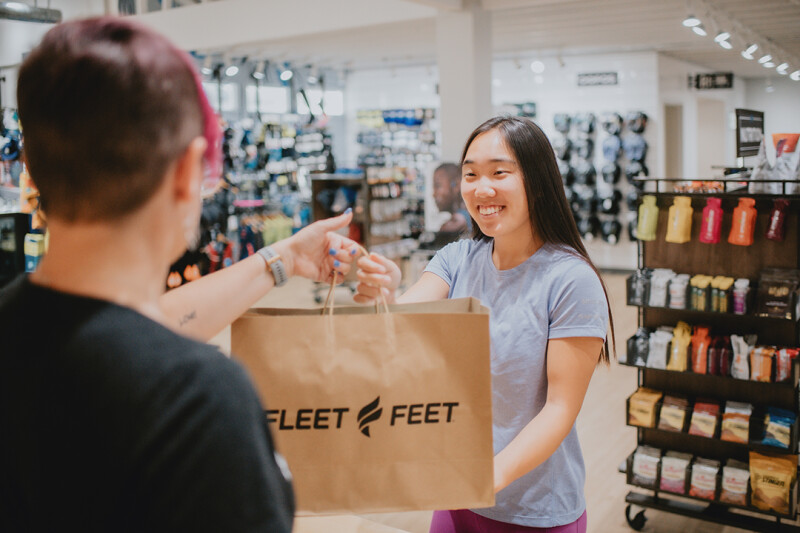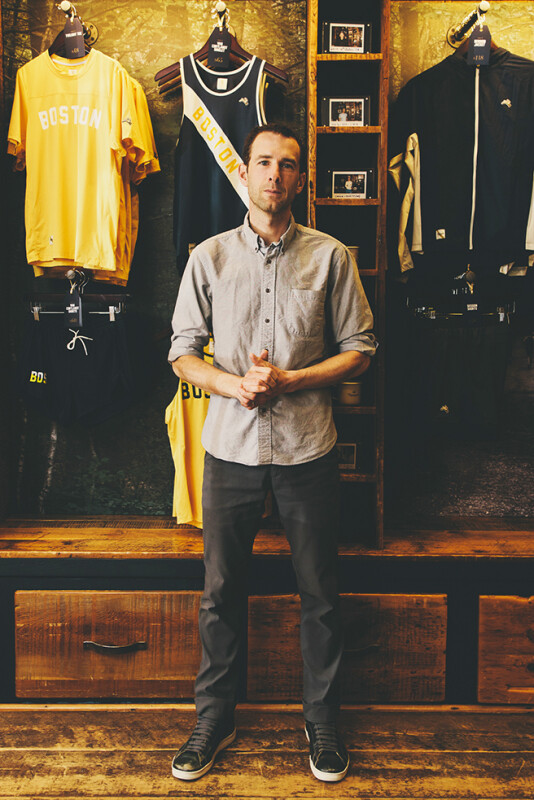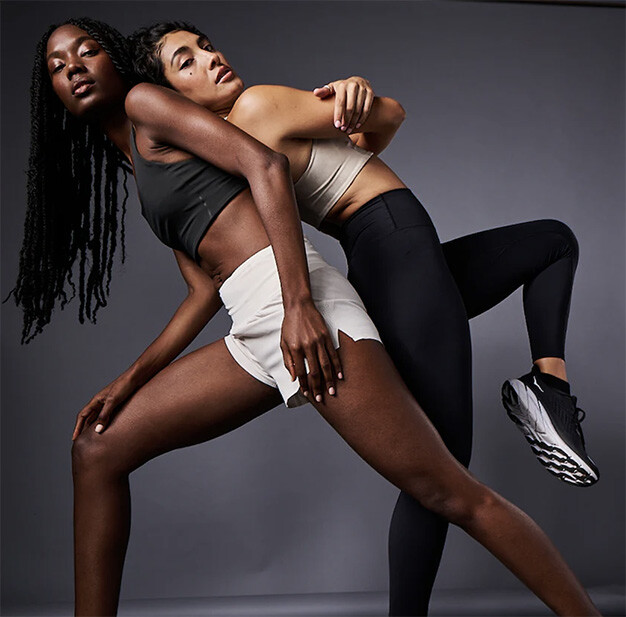Sustainability in run specialty goes well beyond just footwear and one sock brand has been pushing eco-friendliness in its product line since 2018. From recycled fibers to more sustainable manufacturing, Wrightsock has been in the sustainability game for some time and plans to do more to reduce its carbon footprint in 2022 and beyond.
“Wrightsock decided to dabble in the use of sustainable yarns back in 2018 and launched the Eco line in 2020 with the Eco Run, Eco Hike, Eco Lite Hike, Eco Winter Run and Eco Explore,” says Russ Coillot, director of sales and marketing. “The success and positive response to the direction and the outstanding quality of the recycled fibers gave us the confidence to commit in late 2021 to utilizing recycled fibers in all of our products.”
Moving from DriWright II to Repreve did increase its cost of materials, but Coillot maintains that it still made sense to go this route that aligns with the company’s mission to be as sustainable as possible and allow it to provide a premium product made from sustainable materials.
Knowing that there is no price tag big enough to account for the impact the apparel industry has on the planet, Wrightsock didn’t stop with just the materials it uses to design its socks. The brand took its eco-efforts a step further to ensure its manufacturing process was more environmentally friendly as well.
During the early days of the pandemic Wrightsock invested in a number of initiatives that have had a significant impact on its carbon footprint, such as low energy LED lighting systems and more efficient machinery.
“The time also allowed us to revisit some of our processes and refine them so that we use less electricity and significantly less water in our manufacturing process,” says Coillot.
Though the brand was fortunate to get a lot of its eco-initiatives off the ground prior to the onset of COVID-19, Wrightsock still has plenty more in store for reducing its carbon footprint this year.
“We just completed our carbon footprint study to understand where we still have opportunities to improve upon our sustainability efforts,” says Coillot. Wrightsock is now using all recycled paper products in its packaging and is considering alternatives for its clear bag packaging that is required by some customers.
“We are also looking at different avenues to help offset some of the carbon that is created during the shipping of product from our warehouse,” Coillot adds, pointing out that the brand has partnered with One Tree Planted, an environmental charity that promotes reforestation.
While becoming carbon-neutral is important to brands to help mitigate their environmental impact, it also matters to retailers. As more consumers become eco-conscious, retailers are looking to get ethical products on their shelves and need brands to help promote them.
Wrightsock is developing and testing in-store POP displays that tell its sustainable story and currently has four types of POP in in test to discover which works best for both the brand and retailer.
For Wrightsock educating consumers about the eco-impact of its products is all about telling them the story of the brand.
“While [sustainability] may not be the first or most important reason a customer purchases a product, it is definitely a supporting reason,” Coillot says. “It is also a great story to tell while working with customers.”
